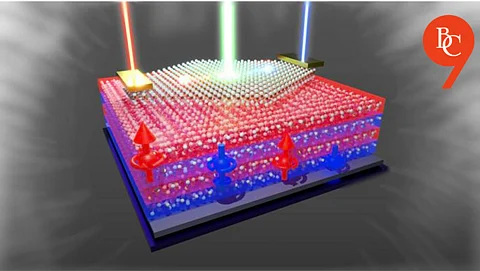

A team of Japanese scientists has unveiled a magnetically tunable solar cell capable of adjusting its efficiency in real time through the application of magnetic fields. This breakthrough, announced in late June 2025, holds the potential to revolutionize the solar energy sector by enabling smarter, more adaptive, and highly efficient solar power systems.
Traditional solar cells convert sunlight into electricity at a fixed efficiency, determined by their material properties and design. The Japanese research team, led by Dr. Hiroshi Tanaka at the National Institute for Materials Science (NIMS) in Tsukuba, has developed a new class of photovoltaic cells that incorporate magneto-optical materials. These materials respond to external magnetic fields by altering their electronic and optical characteristics, allowing the solar cell’s performance to be dynamically adjusted.
By applying a controlled magnetic field, the scientists demonstrated that the cell’s energy conversion efficiency could be fine-tuned in real time. This tunability opens up new possibilities for optimizing energy production based on changing environmental conditions, such as sunlight intensity, temperature, and grid demand.
The magnetically tunable solar cell offers several significant advantages over conventional photovoltaic technology:
Dynamic Efficiency Optimization: Operators can adjust the cell’s efficiency in response to fluctuating sunlight or power requirements, maximizing energy harvest throughout the day.
Enhanced Durability: The ability to modulate performance may reduce thermal and electrical stress, potentially extending the lifespan of solar panels.
Smart Grid Integration: These cells can be integrated into smart energy systems, allowing for real-time control and balancing of power generation with grid demand.
Adaptive Building Materials: The technology could be used in building-integrated photovoltaics, enabling “smart windows” or facades that adjust transparency and energy output.
The research team engineered a hybrid solar cell structure that combines traditional silicon-based photovoltaics with a thin layer of magneto-optical material. Through precise laboratory experiments, they demonstrated that applying a magnetic field of varying strength could shift the cell’s absorption spectrum and electrical output.
The announcement has generated excitement across the global renewable energy sector. Experts believe that magnetically tunable solar cells could play a crucial role in the next wave of solar technology, especially as energy systems become increasingly decentralized and digitalized.
